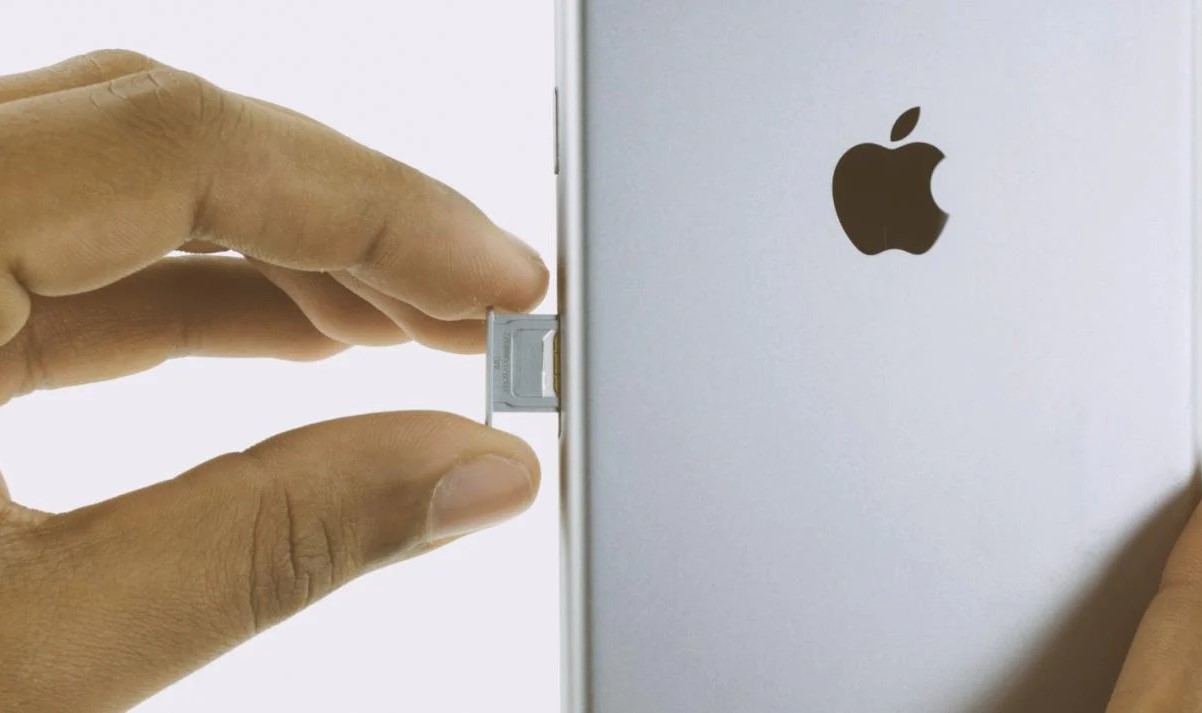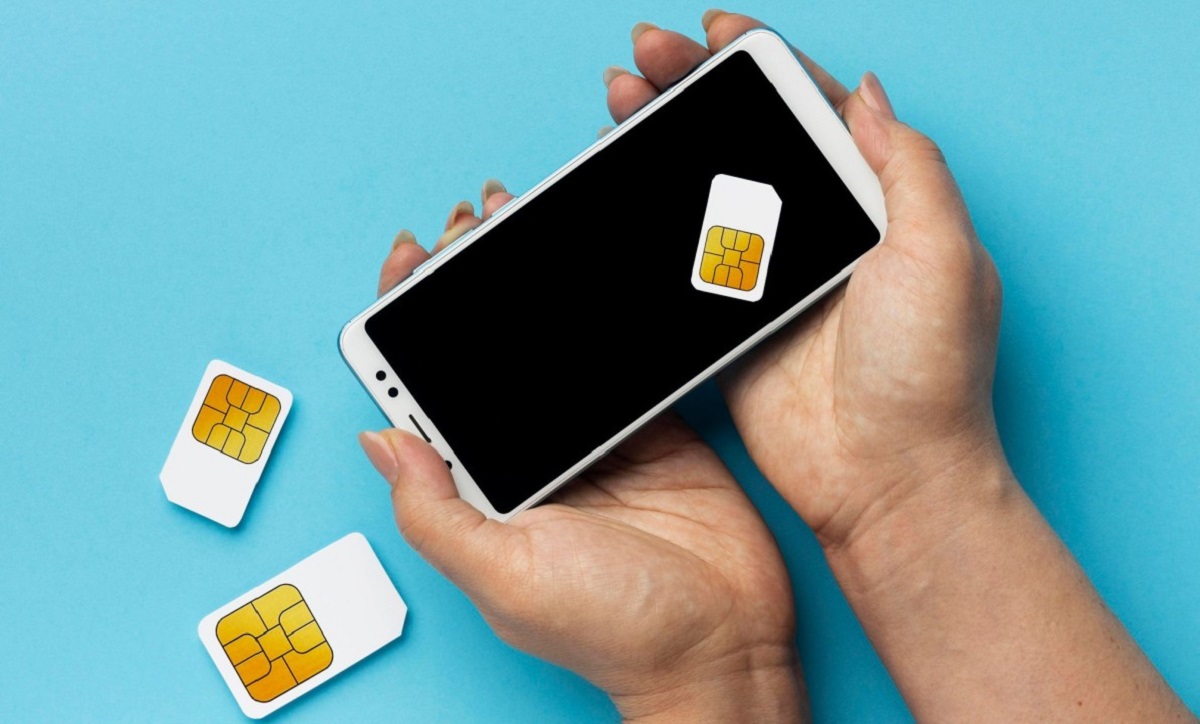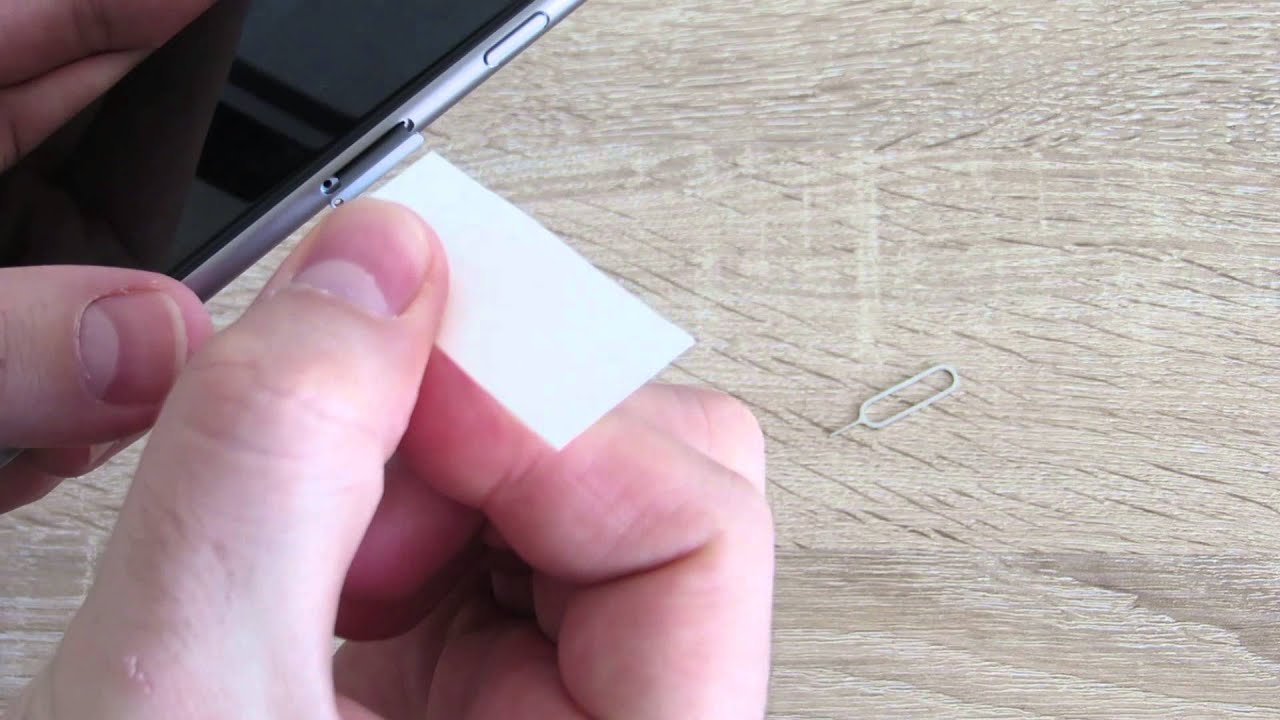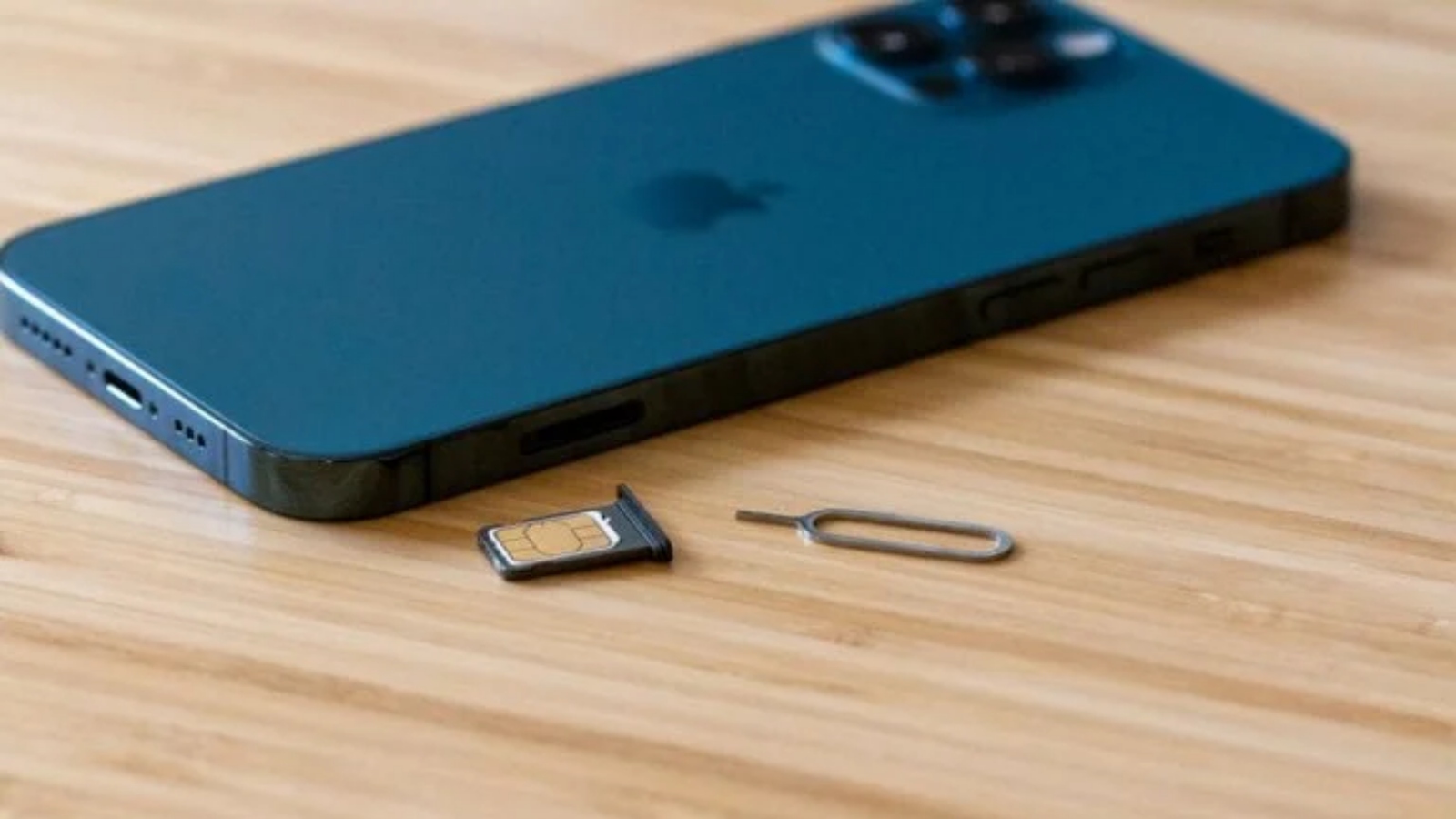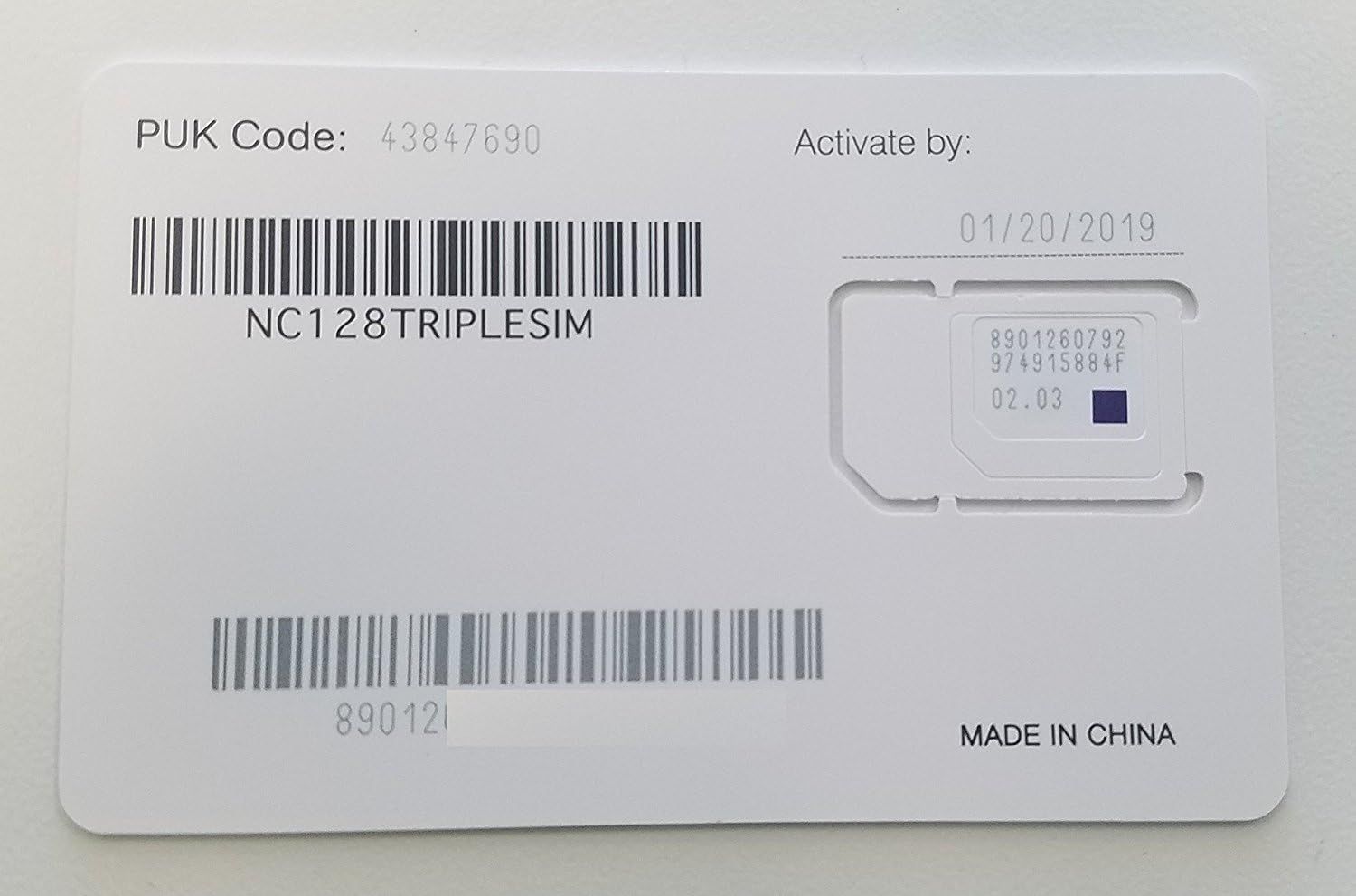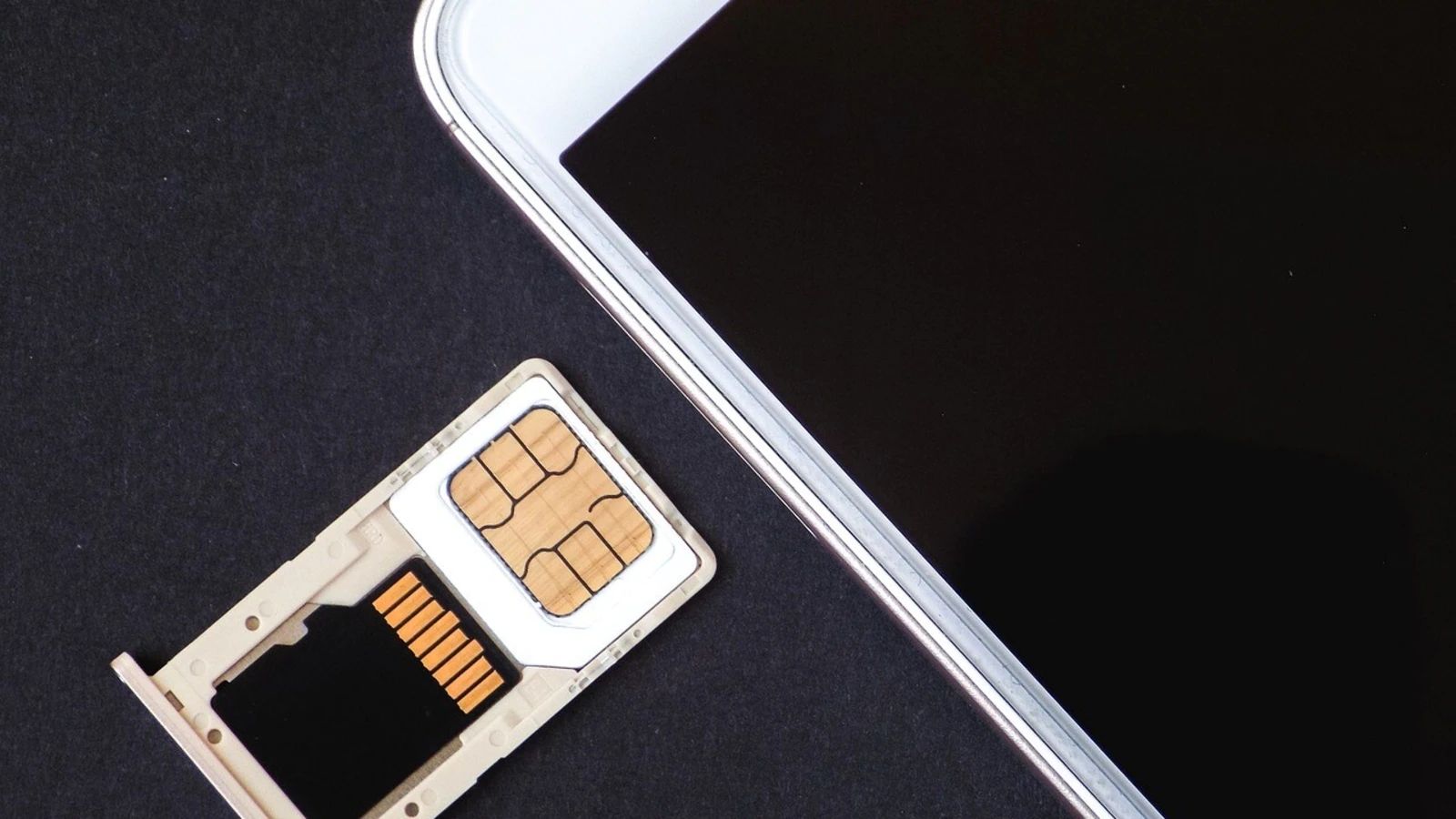Introduction
Changing a SIM card is a fundamental aspect of mobile device ownership, often necessary when switching to a new phone or changing service providers. While the process may seem daunting to some, it is actually quite straightforward and can be accomplished with just a few simple steps. Understanding how to change a SIM card empowers mobile device users to seamlessly transition between devices or carriers, ensuring continued connectivity and functionality.
In this comprehensive guide, we will walk you through the step-by-step process of changing a SIM card in your mobile device. Whether you're upgrading to a new smartphone, switching to a different network, or simply replacing a damaged SIM card, this guide will equip you with the knowledge and confidence to carry out this essential task with ease.
By following the instructions provided, you will gain a clear understanding of the physical location of the SIM card slot in your device, the proper method for removing the old SIM card, and the precise steps for inserting a new SIM card. Additionally, we will cover best practices for powering off and restarting your device to ensure a smooth transition and optimal functionality.
With this guide, you will be prepared to navigate the process of changing a SIM card efficiently and effectively, enabling you to maintain uninterrupted mobile connectivity and enjoy the full benefits of your device. Let's embark on this journey together and empower ourselves with the knowledge to handle this essential aspect of mobile device ownership.
Step 1: Turn off your device
Before embarking on the process of changing your SIM card, it is crucial to power off your mobile device. This step is essential to ensure your safety and prevent any potential damage to the device or the SIM card itself. By turning off the device, you minimize the risk of electrical interference and protect the delicate internal components from accidental damage during the SIM card replacement process.
To power off your device, locate the power button, typically situated on the side or top of the device. Press and hold the power button until the on-screen prompt appears, allowing you to shut down the device. Follow the on-screen instructions to power off the device completely.
If your device has a removable battery, it is advisable to remove the battery after powering off the device, further ensuring that no electrical current is flowing through the device during the SIM card replacement process.
Turning off your device provides a safe and controlled environment for handling the SIM card, minimizing the likelihood of any technical issues or damage. By following this initial step, you set the stage for a smooth and successful SIM card replacement experience, laying the groundwork for the subsequent steps in the process.
By taking the time to power off your device before proceeding, you demonstrate a proactive approach to device maintenance and care. This simple yet crucial step reflects a responsible and cautious attitude toward handling electronic devices, fostering a sense of mindfulness and attentiveness throughout the SIM card replacement process.
With your device safely powered off, you are now ready to proceed to the next step in the process of changing your SIM card, confident in the knowledge that you have taken the necessary precautions to ensure a seamless and trouble-free experience.
Step 2: Locate the SIM card slot
Locating the SIM card slot is a crucial initial step in the process of changing your SIM card. The SIM card slot is where the SIM card is inserted into your mobile device, facilitating connectivity and communication with your chosen mobile network. While the exact location of the SIM card slot may vary depending on the make and model of your device, there are several common placements to be aware of.
In most smartphones, the SIM card slot is typically situated on the side of the device. It may be located on the upper or lower edge, often adjacent to the volume buttons or the device's frame. The SIM card slot is usually identified by a small pinhole or a removable tray, designed to securely house the SIM card.
For devices with a removable back cover, such as some older models or budget-friendly smartphones, the SIM card slot may be found underneath the back panel. In such cases, you will need to carefully remove the back cover to access the SIM card slot and proceed with the SIM card replacement process.
Tablets and certain mobile devices may feature a SIM card slot along the edge, similar to smartphones, or within a designated compartment accessible by removing a small cover. It is important to consult your device's user manual or manufacturer's instructions to pinpoint the precise location of the SIM card slot for your specific device model.
Additionally, some modern smartphones utilize a SIM card tray that requires a SIM ejector tool or a small pin to open. This tray is often located on the side of the device and can be easily accessed by inserting the provided tool into the pinhole, releasing the tray for SIM card insertion or removal.
By familiarizing yourself with the location of the SIM card slot on your specific device, you demonstrate a proactive approach to understanding the physical components of your mobile device. This knowledge empowers you to confidently navigate the SIM card replacement process, ensuring that you can easily access and manipulate the SIM card slot as needed.
With a clear understanding of where to locate the SIM card slot, you are now prepared to proceed to the next step in the process of changing your SIM card, equipped with the essential knowledge to carry out this task effectively and efficiently.
Step 3: Remove the old SIM card
Removing the old SIM card from your mobile device is a pivotal step in the process of changing your SIM card. This step requires a delicate and precise approach to ensure that the old SIM card is safely extracted without causing any damage to the device or the SIM card itself.
To begin, carefully assess the orientation of the old SIM card within the SIM card slot. Depending on your device, the SIM card may be secured within a tray or directly inserted into the slot. Gently identify the edges of the SIM card and determine the appropriate method for extraction based on the design of your device.
If your device features a removable tray for the SIM card, locate the small ejector hole or access point designed to release the tray. Insert the provided SIM ejector tool or a straightened paperclip into the designated hole, applying gentle pressure to trigger the release mechanism. As the tray partially protrudes from the device, carefully grasp it and slide it out, revealing the old SIM card resting within the tray.
For devices with a direct SIM card slot, delicately press down on the exposed edge of the SIM card to release it from the secured position. While exerting minimal pressure, carefully slide the SIM card out of the slot, ensuring a smooth and controlled extraction without bending or damaging the card.
It is essential to handle the old SIM card with care, avoiding excessive force or sudden movements that may lead to accidental breakage. Due to the compact size and delicate nature of SIM cards, a cautious and deliberate approach is crucial to prevent any potential damage during the removal process.
By methodically removing the old SIM card from your device, you demonstrate a meticulous and attentive approach to handling delicate electronic components. This careful approach reflects a sense of responsibility and precision, underscoring the importance of maintaining the integrity of the SIM card and the device itself throughout the SIM card replacement process.
With the old SIM card safely removed, you are now ready to proceed to the next step in the process of changing your SIM card, paving the way for the seamless insertion of a new SIM card and the subsequent activation of your mobile device.
Step 4: Insert the new SIM card
With the old SIM card successfully removed from your mobile device, the next pivotal step in the process of changing your SIM card is to insert the new SIM card. This step requires a steady hand and careful attention to ensure that the new SIM card is seamlessly integrated into the device, setting the stage for continued connectivity and communication.
Before proceeding, carefully inspect the new SIM card to verify its orientation and ensure that it matches the specifications of your mobile network. SIM cards come in various sizes, including standard, micro, and nano, and it is essential to select the appropriate size that aligns with your device's SIM card slot. Additionally, if the new SIM card was provided by your mobile network operator, it may come with specific instructions or activation details that should be reviewed prior to insertion.
If your device features a removable tray for the SIM card, gently place the new SIM card into the designated slot on the tray, aligning the notched corner of the SIM card with the corresponding notch on the tray. Carefully position the tray with the new SIM card back into the SIM card slot, ensuring a secure and snug fit. Apply gentle pressure to the tray to ensure that it is fully inserted, ready to establish a connection with the device.
For devices with a direct SIM card slot, delicately align the new SIM card with the orientation indicated by the slot, typically with a notched corner or specific markings. With precision and caution, carefully slide the new SIM card into the slot, ensuring a smooth and controlled insertion. Take care to avoid forcing the SIM card into the slot, as a gentle and deliberate approach is essential to prevent any potential damage to the card or the device.
By methodically inserting the new SIM card into your device, you demonstrate a meticulous and attentive approach to seamlessly integrating essential components. This careful and deliberate approach reflects a sense of responsibility and precision, underscoring the importance of maintaining the integrity of the new SIM card and facilitating a seamless transition within the device.
With the new SIM card securely in place, you are now prepared to proceed to the final step in the process of changing your SIM card, ready to power on your device and activate the new SIM card, ushering in a renewed phase of connectivity and communication.
Step 5: Turn on your device
After successfully inserting the new SIM card into your mobile device, the final and pivotal step in the process of changing your SIM card is to turn on your device. This step marks the culmination of the SIM card replacement process, heralding the activation of the new SIM card and the restoration of connectivity and functionality to your mobile device.
To power on your device, locate the power button, typically situated on the side or top of the device. Press and hold the power button until the device's screen illuminates, indicating that the device is booting up. As the device powers on, you may observe the manufacturer's logo or an animated loading screen, signaling that the device is initializing and preparing to establish a connection with the new SIM card.
As the device completes the startup process, it will prompt you to enter any necessary PIN or unlock code associated with the new SIM card. Depending on your mobile network operator's requirements, you may need to input a specific PIN to activate the new SIM card and initiate network connectivity. Follow the on-screen instructions to input the required PIN, ensuring that the new SIM card is successfully recognized and integrated into the device's network settings.
Upon successful activation, your device will display the network signal indicator, affirming that the new SIM card is functioning and communicating with your chosen mobile network. You may also observe additional on-screen prompts related to network settings, carrier-specific features, or software updates, reflecting the seamless integration of the new SIM card within the device's operating system.
With your device powered on and the new SIM card activated, take a moment to test the connectivity and functionality of your device. Place a test call, send a text message, or access mobile data to verify that the new SIM card is facilitating seamless communication and network access. By actively engaging with your device, you can confirm that the SIM card replacement process has been successfully completed, ensuring that your mobile device is fully operational with the new SIM card.
By meticulously following the steps outlined in this guide, you have successfully navigated the process of changing your SIM card, empowering yourself with the knowledge and confidence to handle this essential task with ease. With your device powered on and the new SIM card seamlessly integrated, you can now enjoy uninterrupted connectivity and communication, embracing the full potential of your mobile device with renewed vigor and assurance.
Conclusion
In conclusion, the process of changing a SIM card is a fundamental aspect of mobile device ownership, and mastering this procedure empowers users to seamlessly transition between devices or carriers. By following the step-by-step guide provided, individuals can confidently navigate the physical location of the SIM card slot, safely remove the old SIM card, insert a new SIM card, and power on the device to activate the new SIM card. This comprehensive approach ensures a smooth and trouble-free experience, enabling users to maintain uninterrupted mobile connectivity and fully leverage the capabilities of their devices.
Moreover, the meticulous attention to detail and cautious approach advocated throughout the guide underscores the importance of responsible device maintenance and care. By turning off the device before initiating the SIM card replacement process, users demonstrate a proactive and safety-conscious attitude, minimizing the risk of damage to the device or the SIM card. Additionally, the careful handling of the old and new SIM cards reflects a sense of precision and attentiveness, emphasizing the importance of preserving the integrity of delicate electronic components.
Furthermore, the guide encourages users to familiarize themselves with the physical components of their devices, such as the location of the SIM card slot, promoting a deeper understanding of their mobile devices. This knowledge empowers users to confidently navigate the SIM card replacement process, fostering a sense of self-reliance and technical proficiency.
By successfully completing the process of changing a SIM card, users can enjoy renewed connectivity and communication, embracing the full potential of their mobile devices. The activation of the new SIM card marks the successful culmination of the replacement process, affirming the seamless integration of the new SIM card within the device's network settings.
Ultimately, this guide equips users with the knowledge and confidence to handle the essential task of changing a SIM card, reinforcing the notion that proactive device maintenance and responsible handling of electronic components are key elements of a fulfilling mobile device ownership experience. With uninterrupted connectivity and renewed functionality, users can embark on their mobile device journey with assurance and empowerment, fully embracing the benefits of their devices and the seamless connectivity facilitated by the new SIM card.







